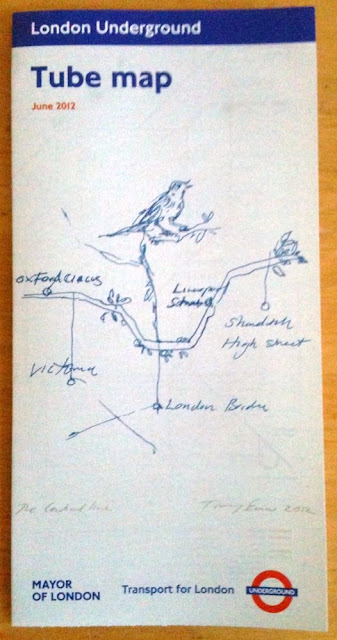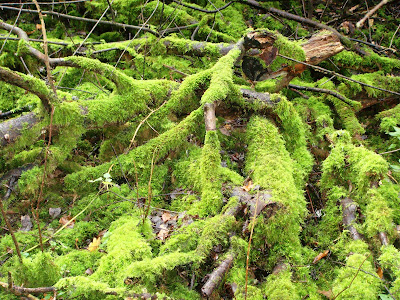
Happy International Women’s Day! While I’m sitting in the house waiting for a washing machine man, I thought I’d celebrate one of my very favourite women, and her triumphant new album.
Sinead’s had a bit of an inconsistent back catalogue. For me, Her first two albums were stunning (
Lion and the Cobra,
I Do Not Want What I Haven’t Got) as was her fourth,
Universal Mother (a personal favourite), her other two original albums were a bit hard to stomach for me,
Faith and Courage, aside from a few good tracks was a bit tired I thought, and
Theology (original in the sense that they weren’t covers, but interpretations of scriptures…) was nice, but a bit melody-light. Her other three albums were cover albums- which are all brilliant, but difficult to judge against her earlier masterpieces. I think it’s patronising to say that How about I be me (and you be you)? Is a “brilliant return” simply because she hasn’t been anywhere, she’s still been consistently producing music since the late eighties, and even when it wasn’t as strong, it’s always been challenging and worthy of attention, it’s not a “return to form”, it’s just a continuation of the fascinating evolution of a singularly mind-blowing and unique artist.
That said, I do think the new album is my favourite since Universal Mother in 1994, when I first heard it I was eight or nine, and it blew me away. It was a time when it wasn’t very fashionable to be a Sinead fan, especially being raised a Catholic, because people misconstrued her infamous Saturday Night Live pope-picture-ripping as an attack on faith, when it was really a (justified) attack on the Catholic Church in relation to the child abuse scandals that only surfaced fully in the public conscience about twenty years later, proving O'Connor the oracle right. Universal Mother had vitriol and anger (Fire on Babylon, Famine, Red Football), vulnerability and quiet moments (Tiny Grief Song, A Perfect Indian, Thankyou for Hearing Me) and pure poetry (John I Love You), I was staggered by it, and as much as I had been consumed by pop music at the time, I think Sinead was my real introduction to more alternative and challenging music. While How about I be me is not as challenging and nuanced as Universal Mother, it’s polished and it’s fresh and angry and beautiful and new, whilst still sounding utterly ‘Sinead’.
The stand out tracks are
Take off your shoes, which is so angry and powerful and
Queen of Denmark- a John Grant cover where her straight-laced take on a very witty song sounds as petulant and indignant as anything from
Lion and the Cobra: “why don’t you bore the shit out of somebody else”.
Reason with me is the most beautiful song, taken from the perspective of a “junkie”, it’s very self-aware (as the whole album is), compassionate and honest. Her cover of
Song for the siren is only on the deluxe edition, but is the most gorgeous version of it since This Mortal Coil's.
It’s definitely the best album of the year so far (stiff competition from Perfume Genius, Lana Del Ray and the Cranberries, this year is shaping up to be another good one). If you’re a Sinead virgin, I recommend checking out her first two albums, and this one as priorities, and perhaps the career retrospective ‘She Who Dwells in the Secret Place of the Most High Shall Abide Under the Shadow of the Almighty’ (the longest album title ever?) which is a collection of demos, covers and live versions and is much better than a generic greatest hits.
Long live Sinead, who is as beautiful as she ever was, contrary to what the self-hating women who write for the Daily Mail think. She’s a massive inspiration and I’m so pleased that the media have stopped banging on about her personal life and are focusing on how brilliant her new body of work is. I was lucky enough to get
to see her last year after sixteen years of being a fan, which was the first time I heard most of the material on this album, and she was remarkable, her voice was unfaltering. Hopefully I'll get to see her again soon.
Buy it!



































